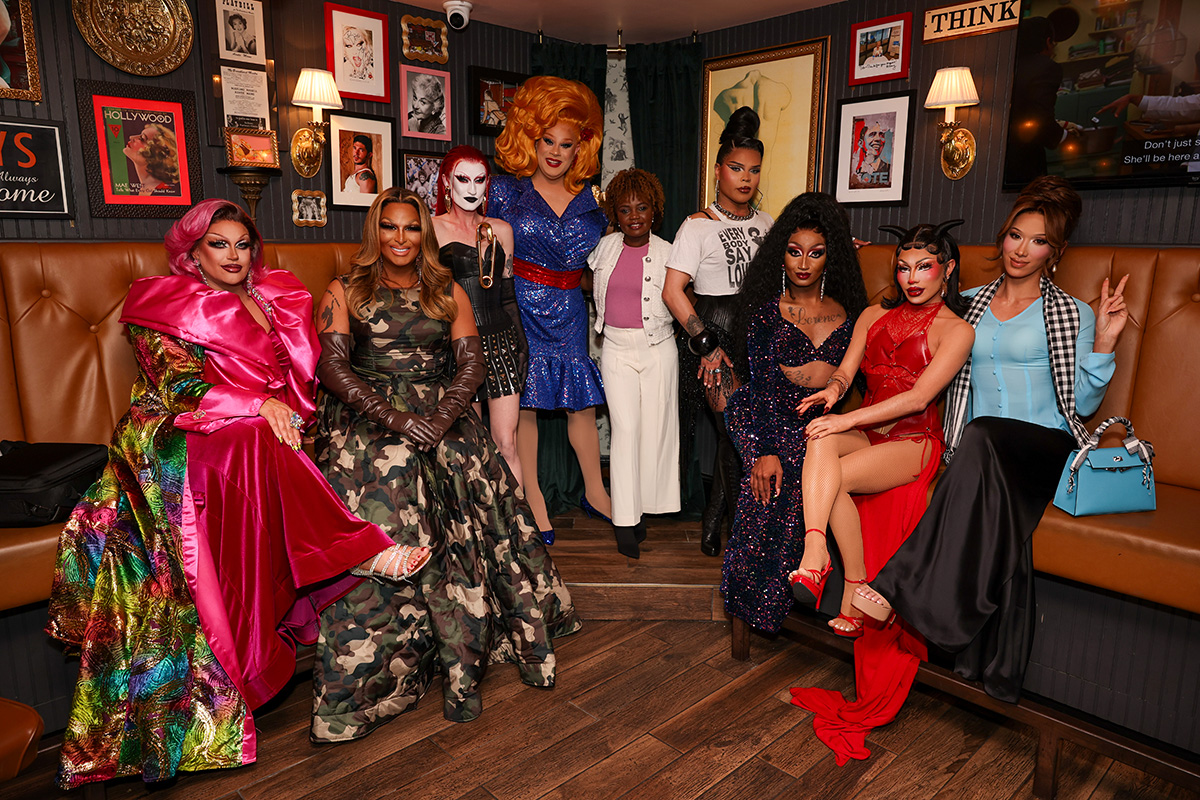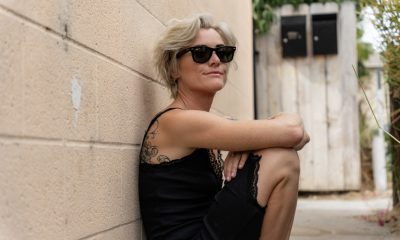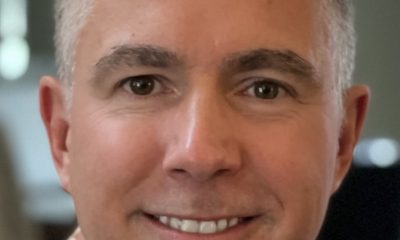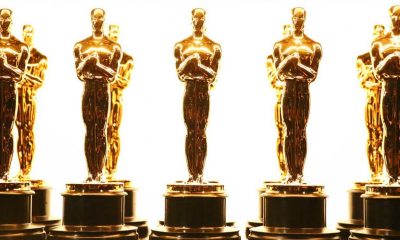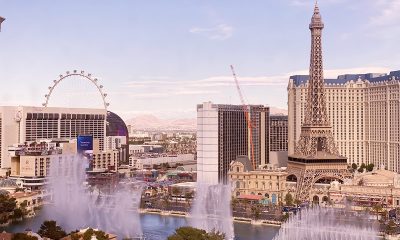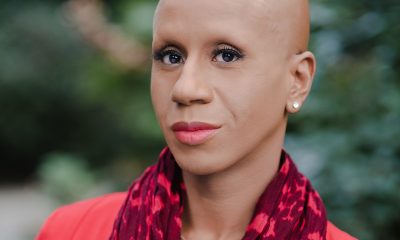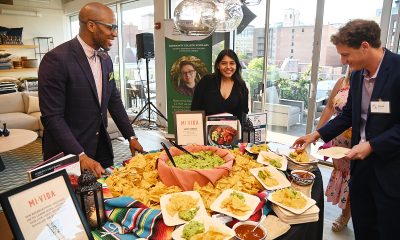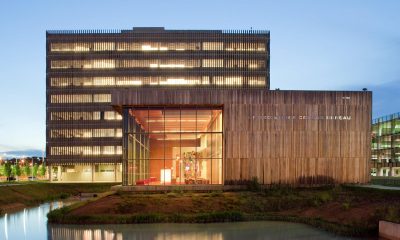Arts & Entertainment
Author Kenny Fries on being queer, disabled, and Jewish
How the three identities formed his rather irreverent take on life
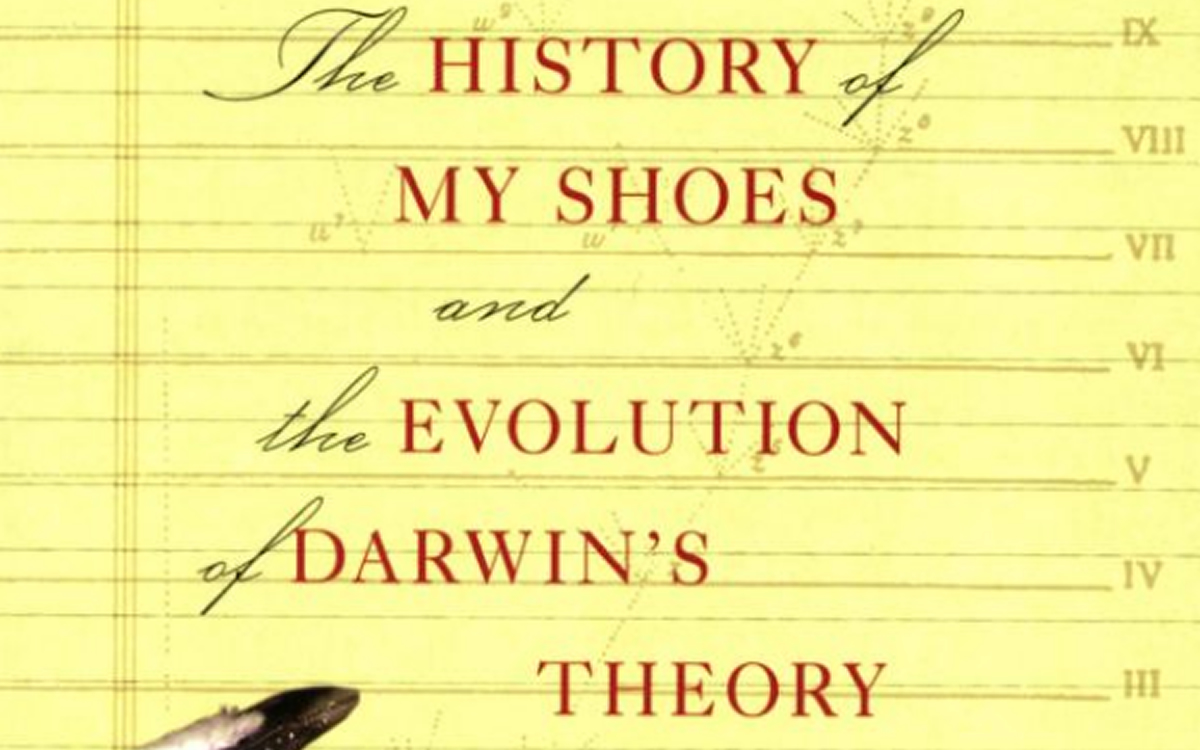
(Editor’s Note: One in four people in America has a disability, according to the Center for Disease Control and Prevention. Queer and disabled people have long been a vital part of the LGBTQ community. Take two of the many queer history icons who were disabled: Michelangelo is believed to have been autistic. Marsha P. Johnson, who played a heroic role in the Stonewall Uprising, had physical and psychiatric disabilities. Today, Deaf/Blind fantasy writer Elsa Sjunneson, actor and bilateral amputee Eric Graise — Marvin in the “Queer as Folk” reboot — and Kathy Martinez, a blind, Latinx lesbian, who was Assistant Secretary of Labor for Disability Employment Policy for the Obama administration, are only a few of the numerous queer and disabled people in the LGBTQ community. Yet, the stories of this vital segment of the queer community have rarely been told. In its monthly, year-long series, “Queer, Crip and Here,” the Blade will tell some of these long un-heard stories.)
In 1991, when he was living in Provincetown, he agreed to be a model for a guide to “gay sex,” gay, disabled and Jewish author and poet Kenny Fries writes in his memoir “The History of My Shoes and the Evolution of Darwin’s Theory.”
Fries, 62, who’s just been awarded a Disability Futures Fellowship by the Ford Foundation, has been disabled since birth.
His medical records say that he has “congenital deformities of the lower extremities,” Fries said in an email interview with the Blade, “Basically, I was missing bones in my legs when born.”
Sometime later, Fries learned that the medical term for his disability is “fibular hemimelia.” “There is no known cause,” he added, “and it is nothing a pregnant mother does or doesn’t do that causes this.”
Back in 1991 in Provincetown, the local artist who was working on the gay sex guide wanted to make sure that it would correctly portray a disabled man having sex.
Fries was pleased when the artist showed him the pictures he’d taken of him and his partner in the modeling session. “I recognize the images of myself in both the photos and the drawing as very beautiful,” Fries writes.
But a week later, Fries’s feelings of pride were dissed. The guide’s art director didn’t like how the drawing turned out, Fries recalled the artist telling him. “‘He said that in the drawing the disability didn’t read. He wants me to cut off one of your legs,’” Fries writes.
Coming out wasn’t that difficult for Fries. Though, “I’m sure at times it felt difficult,” he said. “I think it was the combination of being both gay and disabled that posed the most challenges.”
If you’re disabled, you’re likely to run into ableism in the form of inaccessibility, pity, employment discrimination, discomfort, and fear. Perhaps, most hurtful, especially if you’re queer and disabled, is what Fries calls the myth of “the ideal body.” (This reporter is queer and disabled.)
Anyone with a body that is perceived as different is up against this myth, Fries said. “Everyone is affected by this myth, even straight white men. They just don’t know it as much as we do.”
Though he’s been disabled since he was born in Brooklyn, N.Y., and his disability is quite noticeable, Fries didn’t “come out” as disabled until he was in college.
Fries saw a psychologist after he began having panic attacks. “He did something not quite kosher,” Fries said, “making a deal with me that he’d come see the musical I was directing if I went to talk with Irv Zola, a disabled professor who taught at Brandeis, where I was an undergraduate.”
In those days, Zola was one of the very few disabled faculty at any college. “It was sheer luck that he was at mine,” Fries said.
At Zola’s suggestion, Fries got in touch with the Boston Self-Help Center, and, for a time, joined their peer support group. After grad school, Fries moved to San Francisco. There, he met Marilyn Golden, a disability rights movement leader. Meeting Golden, his first mentor, launched Fries’s disability rights journey.
Another important step for Fries in his “coming out” as disabled was when he took part in the Contemporary Chautauqua on Performance and Disability that was organized by Vicki Lewis at the Mark Taper Forum in Los Angeles in 1994. There, Fries met creative nonfiction and fiction writer Anne Finger, playwright Susan R. Nussbaum and other disabled writers. These writers became his “comrades in arms,” he said.
Golden and Nussbaum died earlier this year. It was “a great personal and community loss,” Fries said.
The apartment building where he grew up was like a “vertical high rise shtetl,” Fries said, when asked how being Jewish fit into his queer and disabled identity.
“An ex called me ‘the Nazi Trifecta,’” Fries said, “as Jews, the disabled and queers were persecuted and killed during the Nazi regime.”
Being queer, disabled, and Jewish – being triply “othered” has emphasized his “questioning,” Fries said, “especially of societal structures and institutions.”
Somehow, he believes, these three identities combined to form his rather irreverent take on things.
The writing bug bit Fries early on. “As a child, I was always thinking of plays,” Fries said, “and wrote some silly ones.”
Fries is one of our time’s most distinguished and important queer and disabled writers. He is the author of “Province of the Gods,” “The History of My Shoes and the Evolution of Darwin’s Theory” and “Body, Remember: A Memoir.” His books of poetry include “In the Gardens of Japan,” “Desert Walking” and “Anesthesia.”
If you’re visibly disabled, you’re stared at often by nondisabled people.
Fries has helped disabled people, queer and non-queer, to reclaim the stare. He edited the groundbreaking anthology “Staring Back: The Disability Experience from the Inside Out,” in which writers, including queer icon Adrienne Rich, reflect on their lived experience of being disabled.
“I didn’t realize Rich was disabled (she had rheumatoid arthritis) until I saw her using a cane at a reading in the Bay Area,” Fries said.
Fries lives with his husband, who is Canadian, in Berlin. They met when Fries was in Japan in 2005 and married in 2007.
“Living in cultures other than my own, as well as travel, has always been a foundation of my work,” Fries said.
Occasionally, Fries has encountered “direct” ableism in the queer community. Such as the time decades ago when he wasn’t allowed into a gay bar in Florence, Italy. Or the “very rare” sexual rejection by a nondisabled person. “This harkens back to the ideal body myth,” Fries said.
More insidious to Fries is the ableism of inaccessible queer spaces and events and the lack of inclusion of disabled people on queer-related panels at readings and events.
Then, there are the apps, Fries said. “How many disabled guys does one encounter on Grindr?” he said. “Even the profile questions asked show the default is not to think of physical difference.”
Fries came to Berlin to do research for the book he’s working on “Stumbling Over History: Disability and the Holocaust” and his video series “What Happened Here in the Summer of 1940?”
“The disabled were the first group to be mass murdered in gas chambers in Aktion T4, the Nazi program that killed 70,000 disabled persons,” Fries said.
“After T4 officially ended, 230,000 more disabled people were killed by gas,” Fries added, “as well as by other means, such as starvation, medication overdose and neglect.”
This is still a relatively unknown history to most people, even in Germany, Fries said.
Fries’s supply of energy is boundless. He has curated “Queering the Crip, Cripping the Queer,” the first international exhibit on queer/disability history, activism, and culture. It opened at the Schwules Museum Berlin on Sept. 1 and runs through the end of January 2023.
The exhibit includes the work of more than 20 contemporary queer/disabled artists.
A major theme of the exhibit is “‘the ideal body’,” Fries said, “how this fantasy has pervaded both queer and disability history and lives, and how queer/disabled artists have counteracted this.”
Many people know Audre Lorde as a queer, Black icon. But most don’t think of her as having a disability. Yet, Lorde, who had cancer, was disabled. She is included in the exhibit.
“Lorde was a very important figure for the Afro-German women’s movement,” Fries said.
Lorde wrote about having cancer in “The Cancer Journals.” She had an ahead-of-her- times view of disability, Fries said. “In an interview featured in the exhibit, she talks about a feminist book fair in London in 1984, which was held in an inaccessible space.”
It is important for all of us that such events be made available to disabled women, Lorde said in the interview, “and we should make sure they are announced in black women’s magazines.”
Lorde understood intersectionality before it became popular, Fries said.
For more information go to: kennyfries.com
Celebrity News
John Waters released from hospital after car accident
Crash took place in Baltimore County
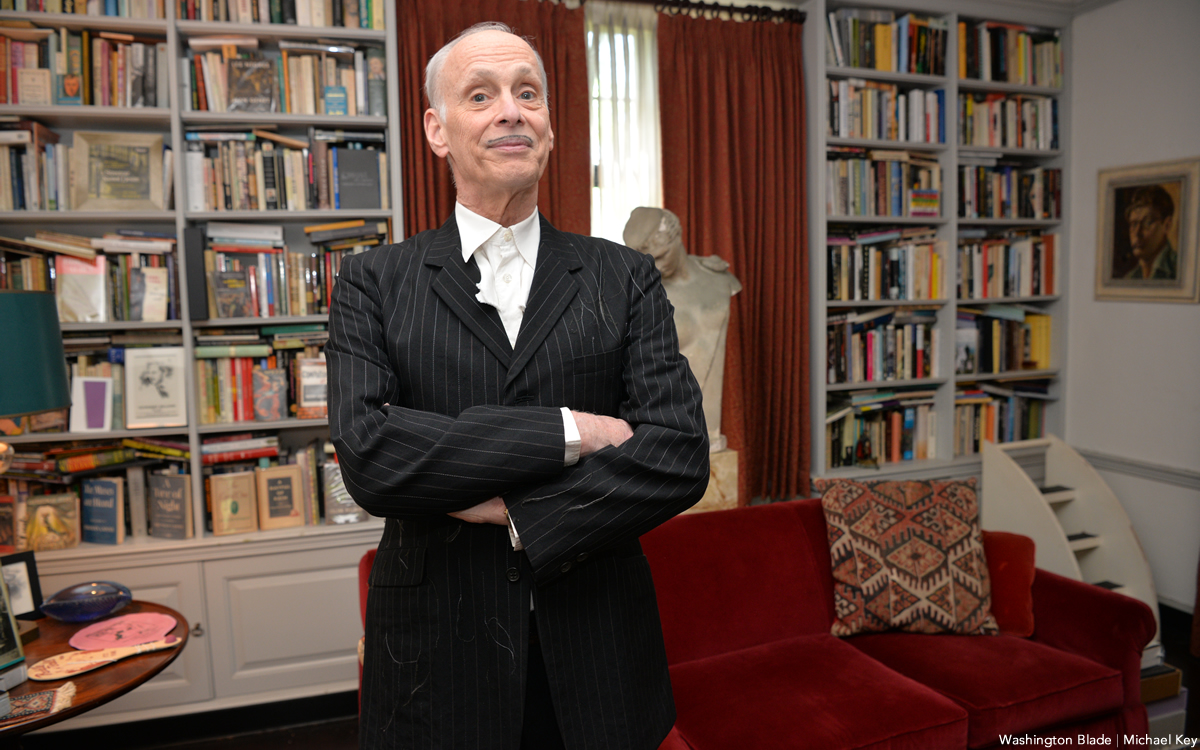
BY TAJI BURRIS | Baltimore filmmaker John Waters was released from the hospital Tuesday morning following a car accident.
The 78-year-old released a statement saying that although he was hurt in the Baltimore County crash, he did not sustain major injuries.
The rest of this article can be found on the Baltimore Banner’s website.
Arts & Entertainment
Washington Blade’s Pride on the Pier and fireworks show returning June 8
The annual Pride on the Pier Fireworks Show presented by the Leonard-Litz Foundation will take place on Saturday, June 8 at 9 p.m.
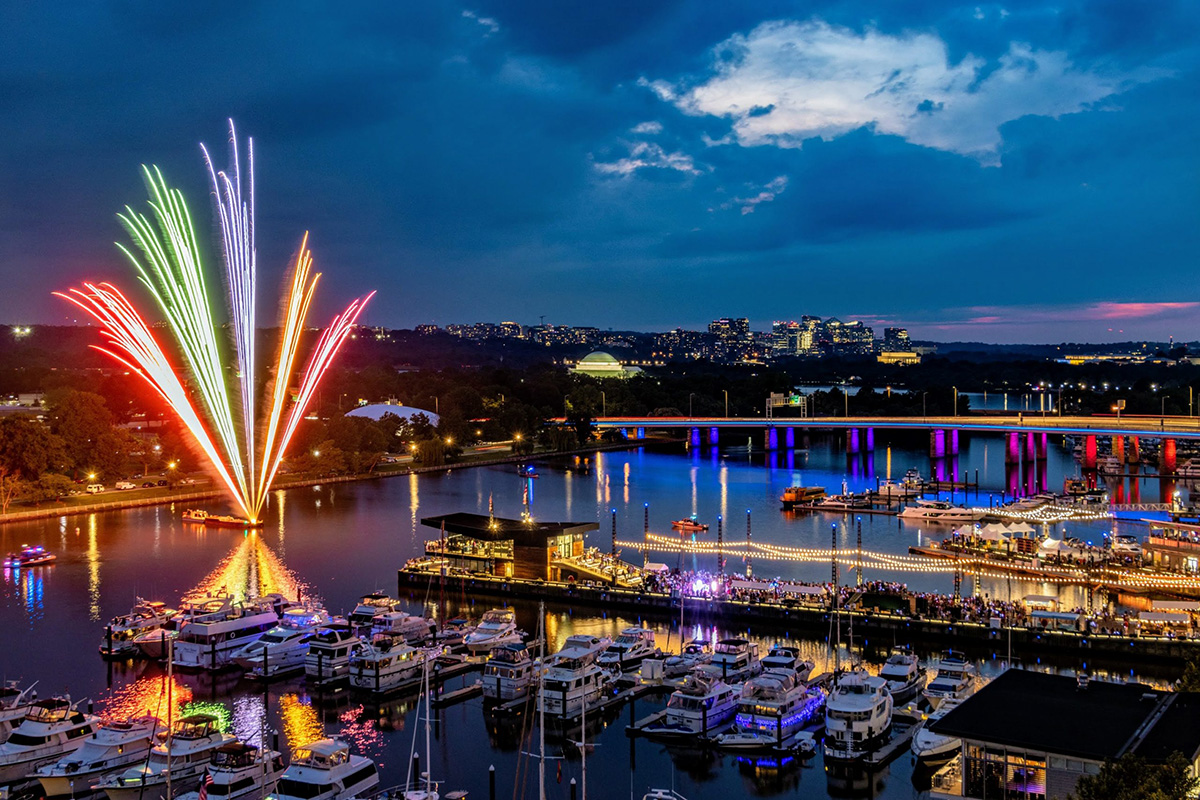
The Washington Blade, in partnership with LURe DC and The Wharf, is excited to announce the 5th annual Pride on the Pier and fireworks show during D.C. Pride weekend on Saturday, June 8, 2024, from 2-10 p.m.
The event will include the annual Pride on the Pier Fireworks Show presented by the Leonard-Litz Foundation at 9 p.m.
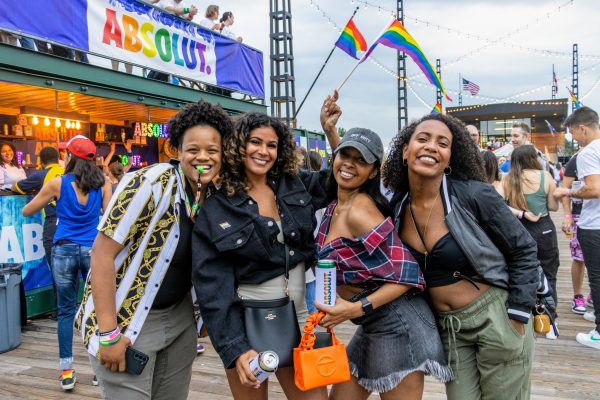
Pride on the Pier extends the city’s annual celebration of LGBTQ visibility to the bustling Southwest waterfront with an exciting array of activities and entertainment for all ages. The District Pier will offer DJs, dancing, drag, and other entertainment. Alcoholic beverages will be available for purchase for those 21 and older. Local DJ’s Heat, Eletrox and Honey will perform throughout the event.
3 p.m. – Capital Pride Parade on the Big Screen
3:30 p.m. – Drag Show hosted by Cake Pop!
9 p.m. – Fireworks Show Presented by Leonard-Litz Foundation
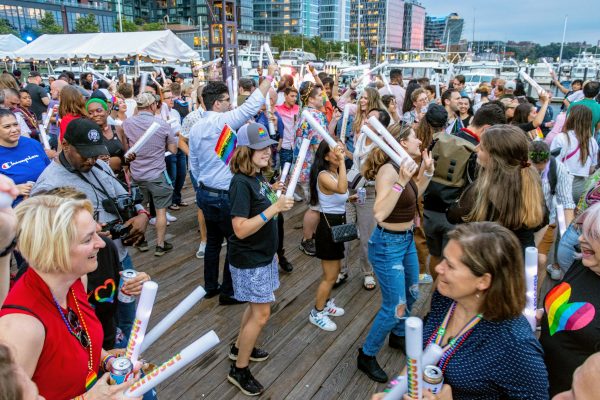
The event is free and open to the public. The Dockmasters Building will be home to a VIP experience. To learn more and to purchase tickets go to www.prideonthepier.com/vip. VIP tickets are limited.
Event sponsors include Absolut, Buying Time, Capital Pride, DC Brau, DC Fray, Burney Wealth Management, Infinate Legacy, Leonard-Litz Foundation, Mayor’s Office of LGBTQ Affairs, MISTR, NBC4, The Wharf. More information regarding activities will be released at www.PrideOnThePier.com
a&e features
‘RuPaul’s Drag Race: All Stars’ cast visits D.C.
8 queens vie for $200,000 prize for charity in new season, premiering May 17
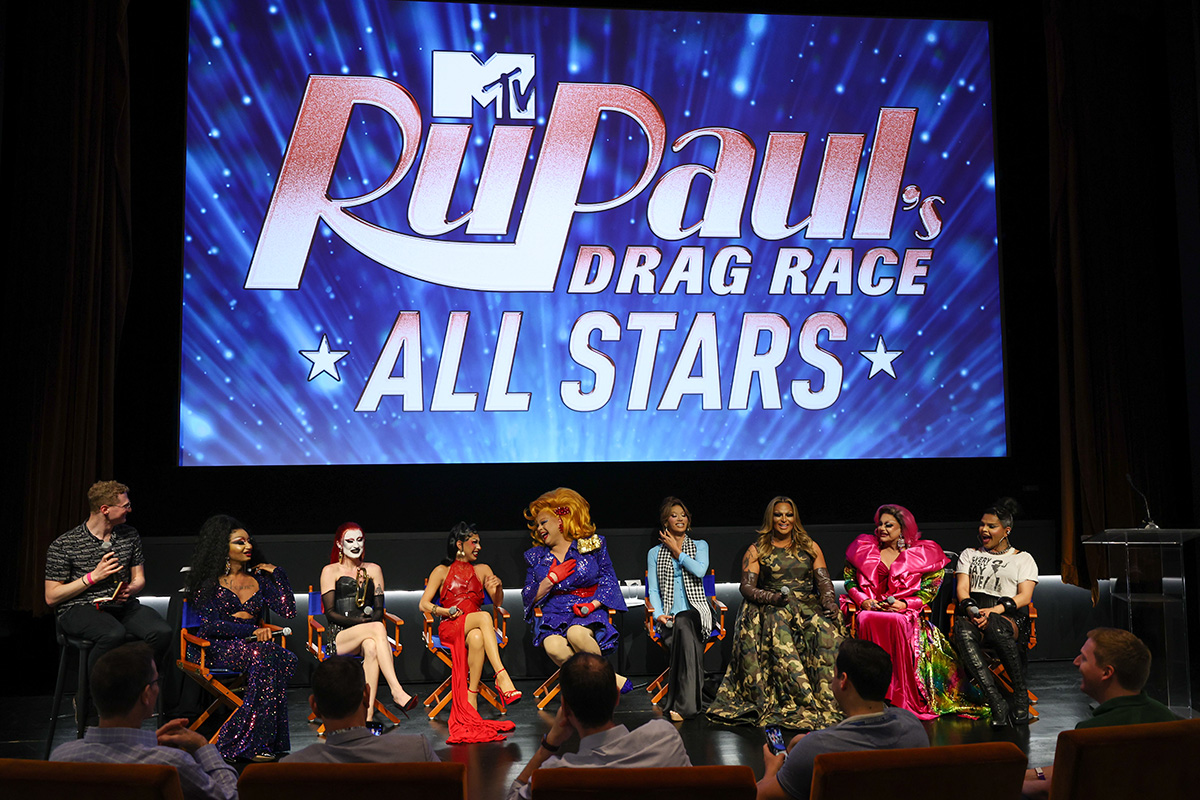
Donning sparkling and star-studded red, white, and blue attire on a gloomy, humid D.C. Monday, the cast of the latest “RuPaul’s Drag Race All Stars” season sashayed on the National Mall to promote the reality show’s ninth season.
This upcoming season is different than those in the past — eight queens are competing for a donation of $200,000 for the charity of their choosing, rather than a personal cash prize.
Several cast members noted how it felt important to visit the nation’s capital, being authentically themselves and wearing drag. Nina West, who competed in season 11, likened drag to armor.
“We’re here during a really specific time in history, that’s, I would say, markedly dark,” she told the Blade at the steps of the Lincoln Memorial. “And there’s an opportunity, as drag has always done, which is for our community as specifically LGBTQI+ people, to stand in our truth and be wonderful — like guardians and fighters for our community.”
She’s competing for the Trevor Project, which is focused on suicide prevention and crisis intervention for young LGBTQ people. This season’s pivot to compete for charity made Nina West want to come back on the show for the All Stars season. She’s been offered the spot two times before this, she said, and this twist aligned with what she wanted to do.
Several of the other queens mentioned that it’s an honor to be featured in this season, including season 5’s Roxxxy Andrews. She also competed in two subsequent All-Stars seasons.
She chose the organization Miracle of Love, which provides HIV/AIDS prevention programming and assistance in central Florida. It’s a smaller, more local organization, which is why Roxxxy Andrews chose it. She wants to make its work more nationally known. Also, vying to win during a charity season makes the competition feel more rewarding, she said.
Plastique Tiara of season 11 also noted it’s different competing for charity. She’s competing for the Asian American Foundation, which launched in 2021 in response to the rise in anti-Asian hate and aims to curb discrimination and violence through education and investments in nonprofits.
“It’s more competitive because then you’re fighting not just only for yourself, but your ideas and the things that you love,” she said.
Vanessa Vanjie of seasons 10 and 11 agreed that competing for charity adds a bit more pressure — she chose the ASPCA. And as onlookers near the Lincoln Memorial took pictures of and with the queens, she said she was relieved.
“I was a little bit worried somebody would yell some slurs at us,” Vanessa Vanjie said. “Nothing happened. Everybody came to take pictures like Santa Claus in the middle of the mall.”
There’s a range of contestants from different seasons for this round of All Stars. Some queens hail from recent seasons, but Shannel competed on the show’s first season. To be a part of this new season is surreal, she said.
She’s competing for the Anxiety and Depression Association of America, which she has a close tie to. She’s dealt with anxiety her entire life. The association is focused on increasing awareness and improving diagnosis and treatment.
“I always felt like I just wasn’t normal, sadly,” she said. “And so now being able to be able to do this season and to get back to that organization is like amazing to me.”
Gottmik, from season 13, is competing for Trans Lifeline — a nonprofit providing advocacy, a hotline and grants created by trans people, for trans people. Being able to do drag and give back is the “perfect scenario,” Gottmik said.
Gottmik was the first openly trans man on Drag Race, which was overwhelming when first on the show. Gottmik felt pressure to be the “perfect example,” but later realized that they didn’t have to worry so much.
“I just want to show people that trans people are real people. We can express ourselves however we want to express ourselves, through drag, through whatever it may be,” Gottmik said.
The new season will be available to stream on Paramount+ on May 17.
